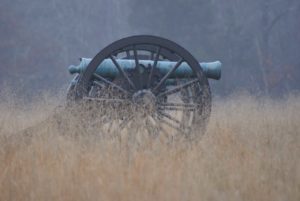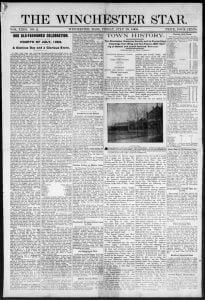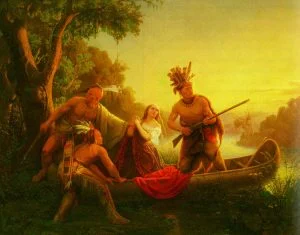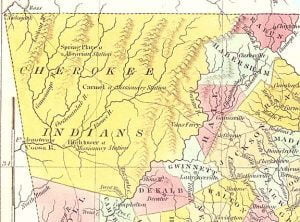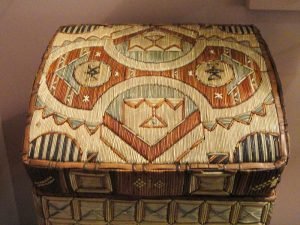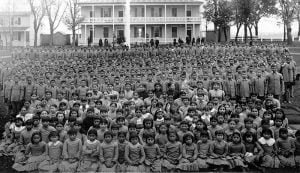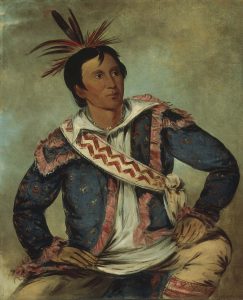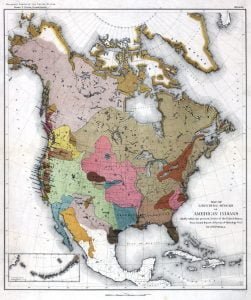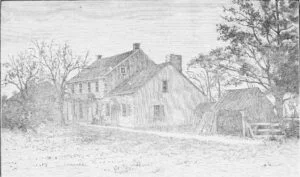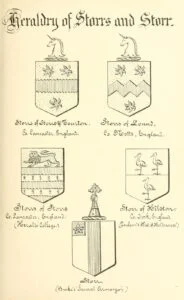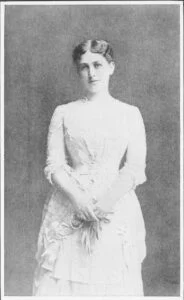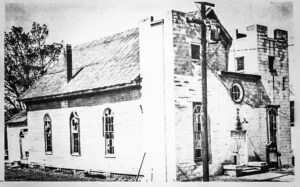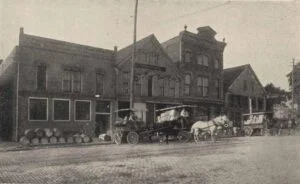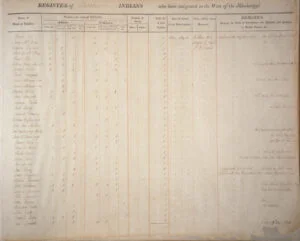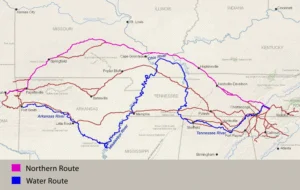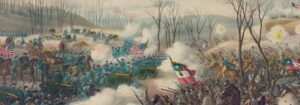This collection contains entire narratives of Indian captivity; that is to say, we have provided the reader the originals without the slightest abridgement. Some of these captivities provide little in way of customs and manners, except to display examples of the clandestine warfare Native Americans used to accomplish their means. In almost every case, there was a tug of war going on between principle government powers, French, American, British, and Spanish, and these powers used the natural prowess of the Indians to assist them in causing warfare upon American and Canadian settlers. There were definitely thousands of captivities, likely tens of thousands, as the active period of these Indian captivity narratives covers 150 years. Unfortunately, few have ever been put under a pen by the original captive, and as such, we have little first-hand details on their captivity. These you will find here, are only those with which were written by the captive or narrated to another who could write for them; you shall find in a later collection, a database of known captives, by name, location, and dates, and a narrative about their captivity along with factual sources. But that is for another time.

